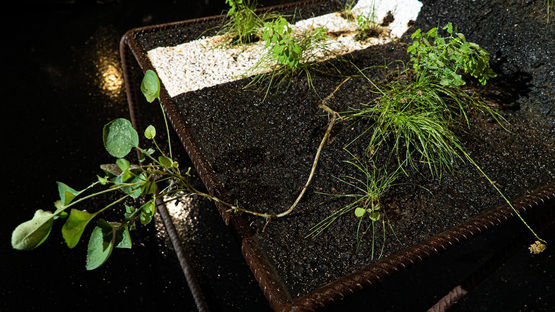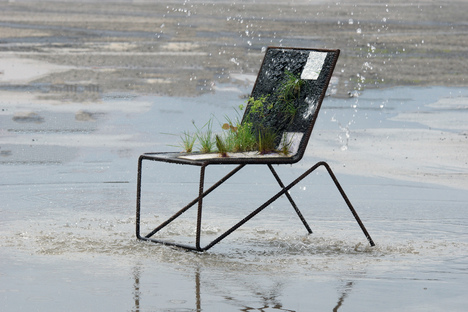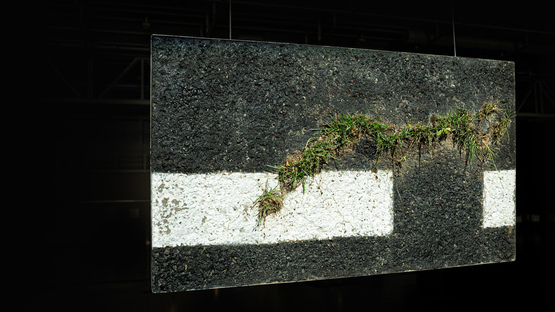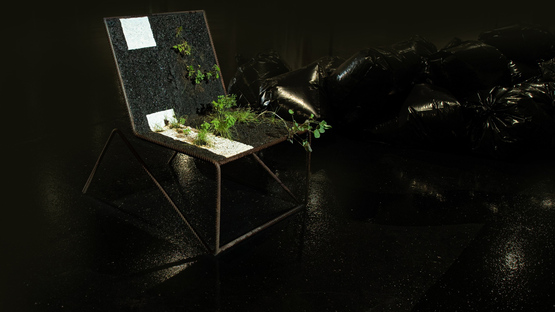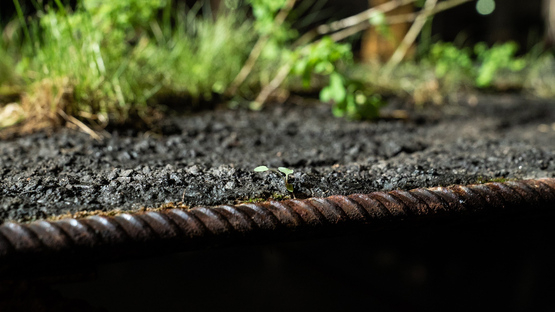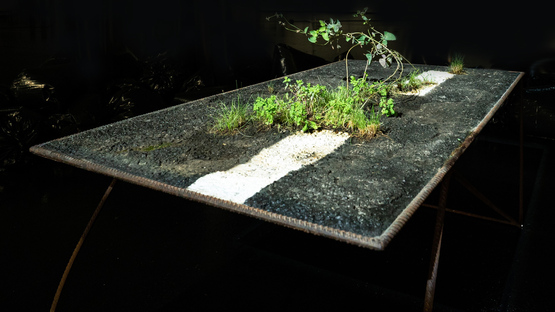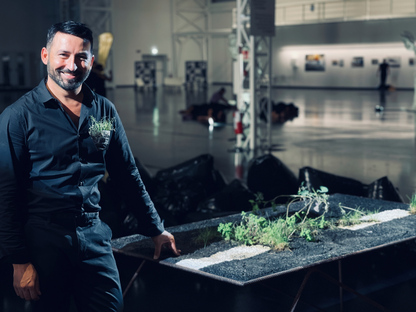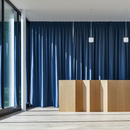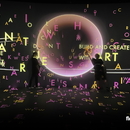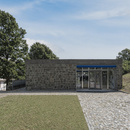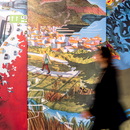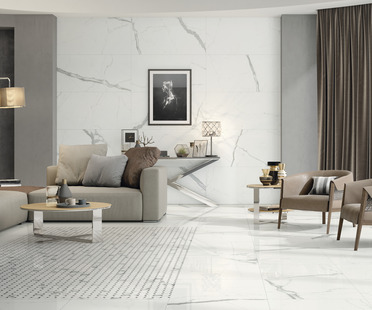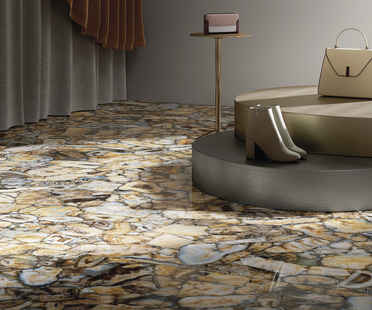20-10-2021
Eco-social artist Luca Gnizio at the Italian Pavilion for Expo 2020 Dubai
Fabio Patrassi, Luca Rossi, Roberto Dassoni,
- Blog
- Design
- Eco-social artist Luca Gnizio at the Italian Pavilion for Expo 2020 Dubai
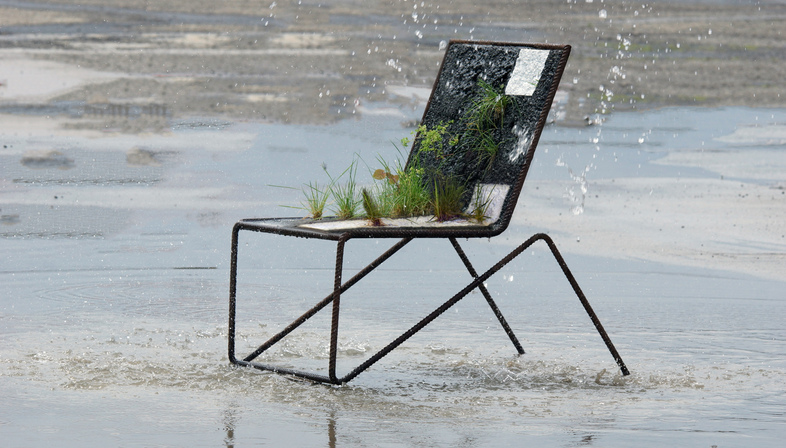 Sustainability is the word on everyone’s lips, with endless talk of reuse and the circular economy. But when it actually comes down to it - in other words, when we take a closer look at the products made from waste - we rarely see anything truly impactful or, more simply, beautiful.
Sustainability is the word on everyone’s lips, with endless talk of reuse and the circular economy. But when it actually comes down to it - in other words, when we take a closer look at the products made from waste - we rarely see anything truly impactful or, more simply, beautiful.With this in mind, Luca Gnizio decided to propose a different way forward. In 2009, the Italian designer created a new field of professional expertise: the eco-social artist, allowing him to combine his artistic and technical background with his commitment to protecting the environment so as to forge an innovative artistic trend with a particular focus on environmental and social issues, all based on recycling industrial manufacturing waste products.
This approach initially garnered him a few funny looks, but the collaborations - including with international companies such as BMW, Levi’s and Piaggio - soon came pouring in, followed closely by a series of awards. As such, Gnizio was selected by the CNA - Italy’s National Crafts Council - to be one of Italy’s ten outstanding representatives for the ‘Success Stories’ feature on ecology, beauty and reuse at Expo Dubai. Together with the MPMI (Micro, Small and Medium-Sized Enterprises) Group of the Italian Trade and Investment Agency under which it operates, the CNA organised a seminar in order to present a total of ten success stories of Italian companies, each characterised by a high level of innovation in terms of product, process, research and materials. Amongst them is Luca Gnizio, who explains his philosophy thusly: “Through creative action, I’m constantly seeking to disprove the idea that waste materials yield products of inferior value. Quite the opposite! Waste can be transformed into something that is beautiful and functional. I don’t just mean works of art; my work involves ecological innovation that leads to new patented processes and products”. And indeed, he is the mastermind behind two instances of ecological and technological innovation: the carbon-fibre production waste produced by BMW and SGL Carbon Group have now become two of the artist’s ecological patents.
His latest work is entitled “Pandemicdesign”. It is a triptych based on one of his first creations, “Asfalto”: a chair made from asphalt remnants. In response to the pandemic, which saw us hunkered down in our homes to escape the contagion, Gnizio’s work investigates our domestic world by using elements of our everyday life - a chair, a table and a painting - which are reinterpreted with asphalt, as in his original creation: a ubiquitous material, yes, but one which becomes highly impactful when removed from its usual context. Much as we see in reality that slender blades of grass split the road when it falls into disuse, in the three elements assembled by the artist, we see plant life start to grow. Something that we would normally never witness has, thanks to Gnizio’s artistic gesture, become the feature of this piece. An almost metaphysical ensemble designed to spark our reflections on just how ephemeral humanity’s presence on earth truly is. The planet doesn’t much care whether or not we are here: nature - albeit perhaps in a different form to the way we see it now - will always ultimately prevail.
Pandemicdesign, exhibited at Superstudio Maxi during Milan Design Week, has become an installation that can be interpreted on multiple levels: as an artistic gesture, a social critique, and a call to protect the environment. All presented in a single package that is spectacularly elegant in terms of both workmanship and concept. Because here, as in all his creations, Gnizio has placed the emphasis on the intrinsic beauty of the objects he creates. Whether they are seats made from used Levi’s jeans - which led to the establishment of new educational/artistic sewing courses - or the carbon fibre with which he creates sculptural armchairs, it is always the beauty of his handcrafted objects that makes them unique and precious. What we are seeing here is not merely the reuse and recycling of a waste product, but an unrivalled example of upcycling. The end product has a new value that is not only intellectual, but also social, in that it strives to include artisans, groups of fragile people who become a crucial part of the overall creative process. An approach that Dubai could stand to learn a lesson or two from!
Christiane Bürklein
Project: Luca Gnizio
Year: 2021
Images: courtesy of Luca Gnizio, photographs by Fabio Patrassi (installation), Luca Rossi (chair in water), Roberto Dassoni (portrait pic)










